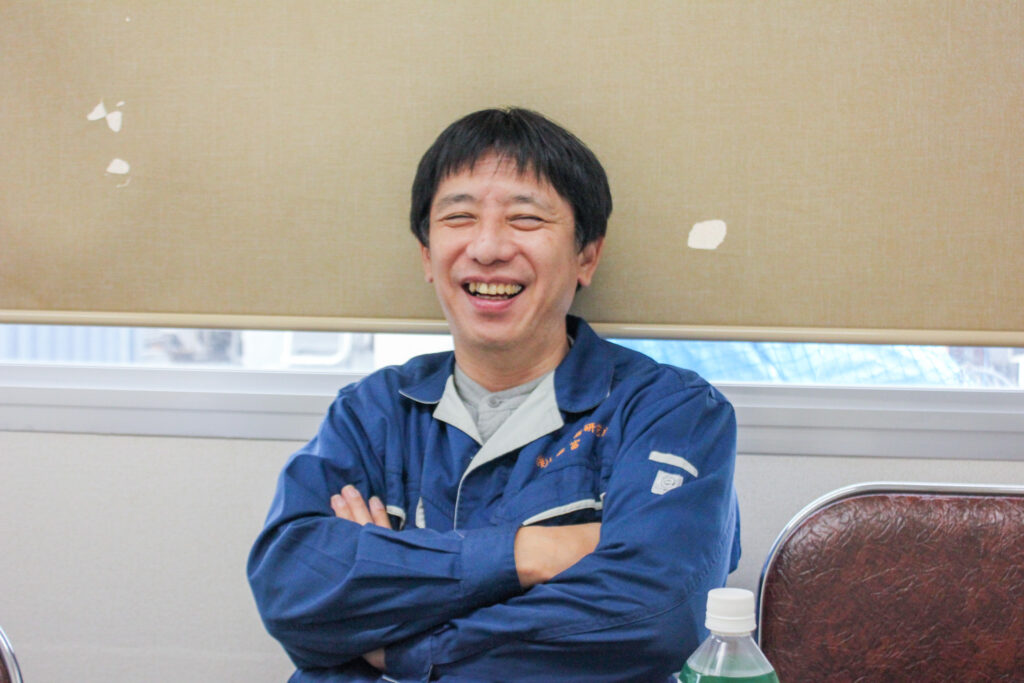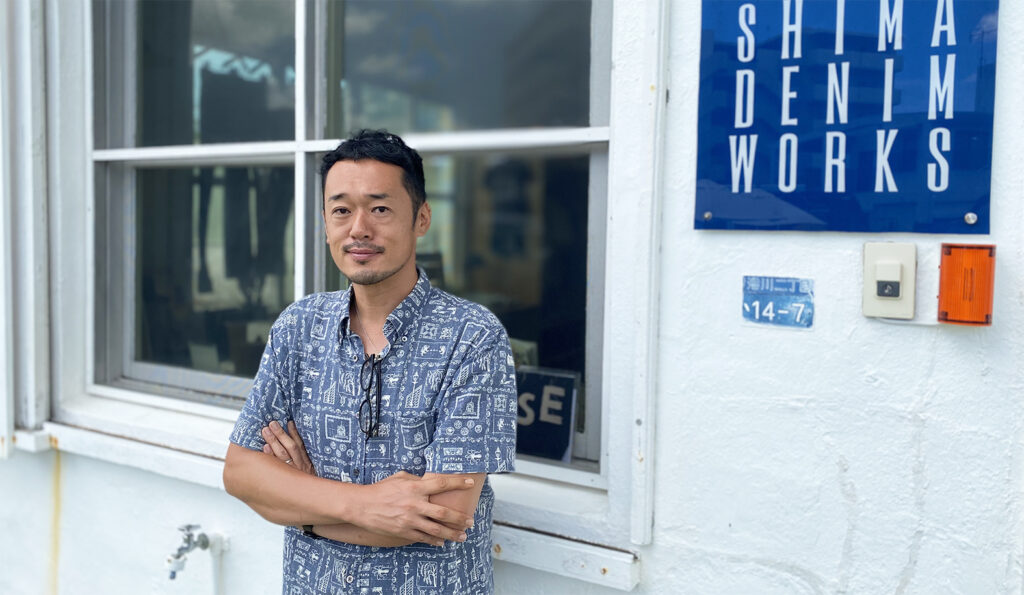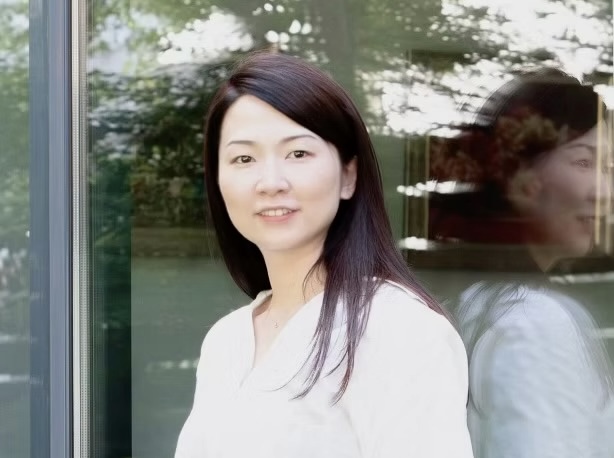“Solving waste problems is my calling. I want to create a society where the future generation can thank us,” says Kenjin Fukutomi, the CEO of Thomas Technical Research Institute, who developed the small-scale incinerator “Chirimeser.” He shares his thoughts on the remarkable technology saving remote island regions and countries grappling with waste problems and the prospects for the future.
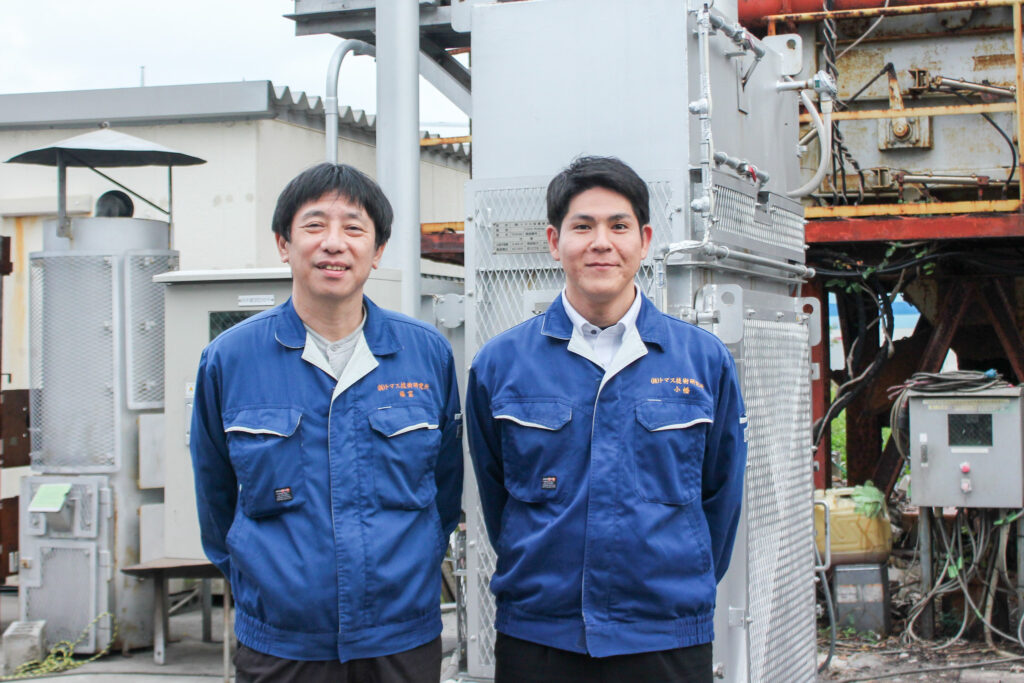
“Chirimeser,” a smokeless incinerator, regardless of what is burned
Thomas Technical Research Institute manufactured the “Chirimeser,” a small-scale smokeless incinerator. It’s a revolutionary invention based on patented technology and will not emit smoke regardless of the garbage.
Since the enactment of the Japanese law on the disposal and cleaning of waste in 2002, burning waste in open fields or using drum cans, which was previously commonplace, has been prohibited. Burning garbage in incinerators that do not meet the specified standards has also become illegal.
From an environmental conservation perspective, it was a necessary measure. However, for industries that produce large amounts of waste, the cost of waste disposal has become a significant burden. Additionally, in the remote island regions of Okinawa, piles of marine debris wash up on the shores daily. From the processing speed and cost standpoint, this posed a severe problem for areas without large incinerators.
“Without the option of small-scale incinerators, clients would have to purchase medium or large-scale incinerators. Additionally, in remote areas and islands in Okinawa without waste disposal facilities, it was necessary to either buy incinerators that were too big for the amount of waste they produce or transport waste where processing is feasible,” says Fukutomi.
Fukutomi and his colleagues developed the “Chirimeser,” an ultra-compact incinerator customized to meet the needs of remote islands and those requiring small to medium-scale incinerators.
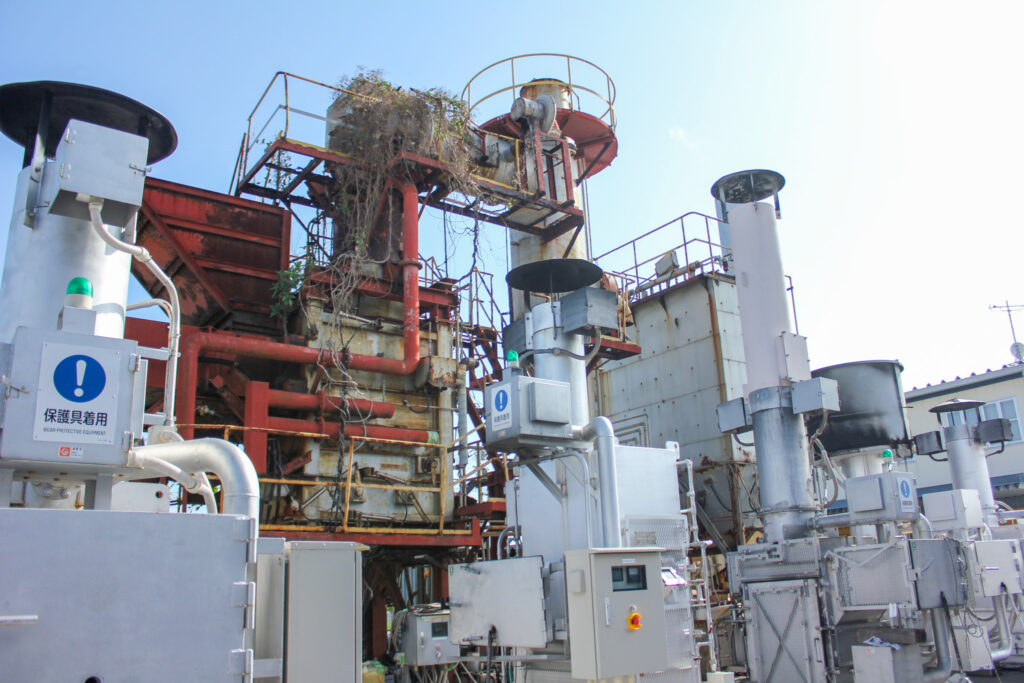
According to the current Japanese law, if you want to use an incinerator with a hearth area (the entire hearth inside the combustion chamber, including the grate) of 0.5 square meters or more (or an incineration capacity of 50 kg/h or more), you need to submit a notification to the prefectural governor and undergo exhaust gas inspection at least 60 days before installation.
In contrast, the “Chirimeser” has a hearth area of 0.49 square meters and a processing capacity of 45 kg/h or less. This makes it possible for small to medium-sized businesses and facilities to dispose of waste without submitting a notification and at a low cost.
But the benefits of the “Chirimeser” don’t stop there. It automatically controls the combustion temperature, decomposing dioxins at high temperatures and reducing them to 1/50th of the regulated limit. It’s environmentally friendly and causes minimal inconvenience to its surroundings.
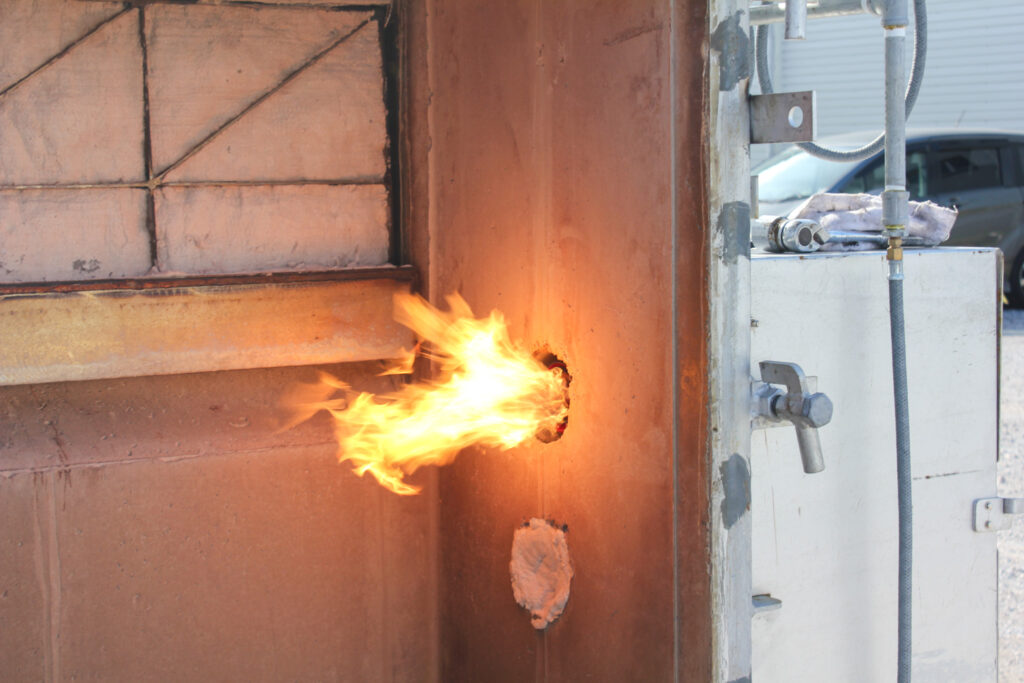
“Tires produce the most smoke during incineration. But in the Chirimeser, it will not emit smoke regardless of the amount of tires burned. It’s a globally recognized technology,” says Fukutomi. He mentions that the Chimera’s size is customizable depending on the type of waste.
The name “Chirimeser” comes from “Chiri,” which means “dust,” and “Mesun,” which means “to burn” in the Okinawan dialect, with the affix “er.”
During the interview, he gave us a tour of the waste incineration process installed at the headquarters.
When garbage is burned in a conventional incinerator, it emits thick black smoke. Witnessing this sight would undoubtedly raise concerns about health and environmental issues.
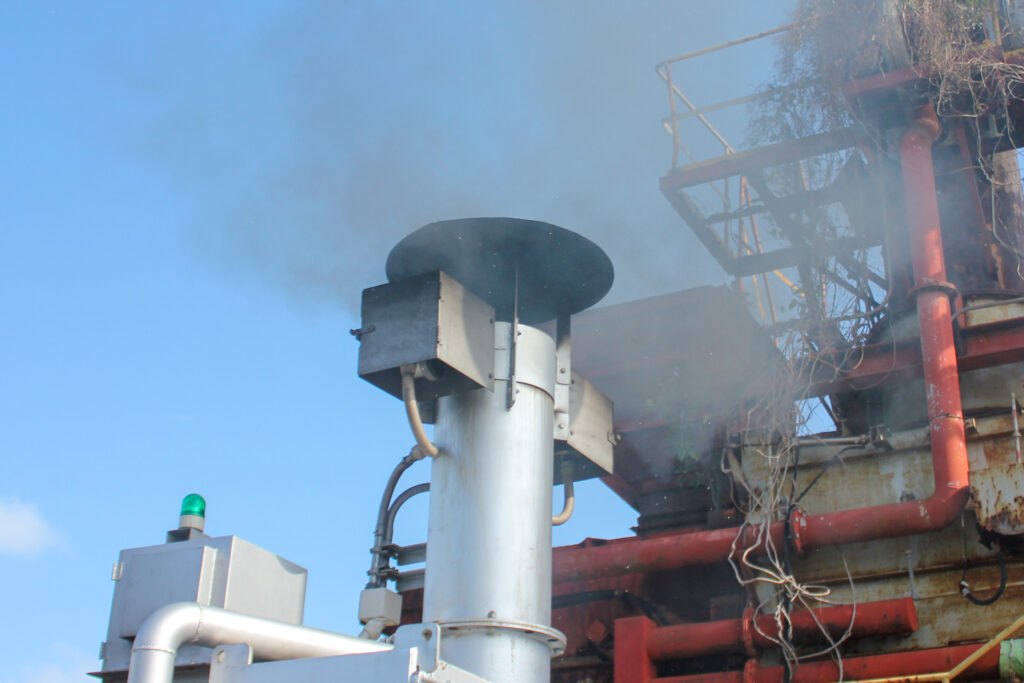
Next, when we turn on the switch for the patented technology…
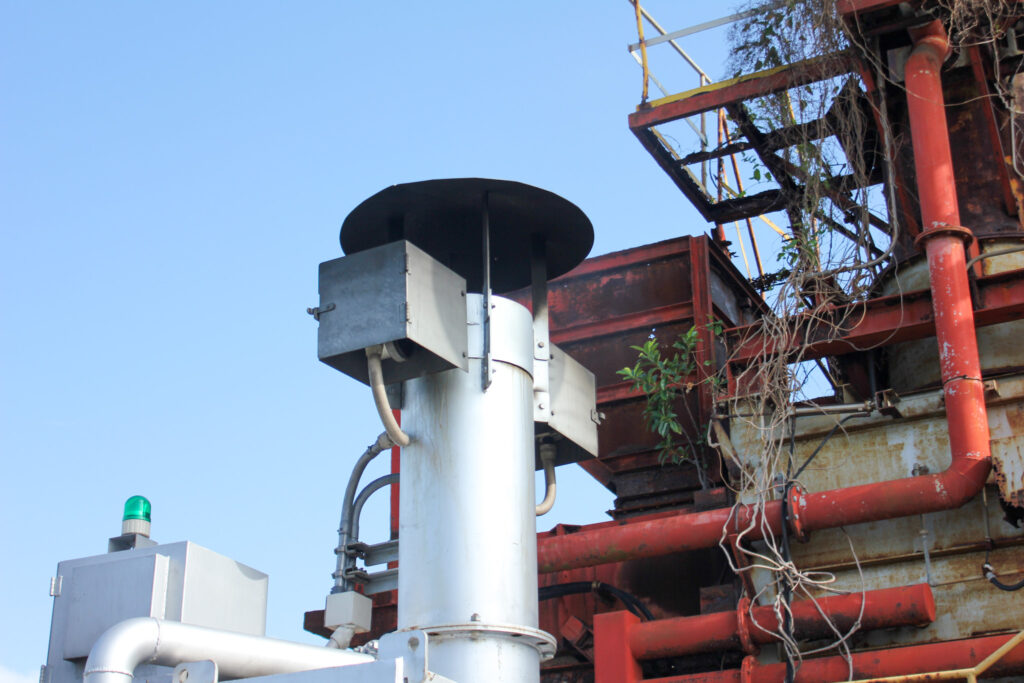
The smoke stops instantly, and it appears as if nothing is coming out.
Amazing!
Furthermore, once garbage is thrown into the incinerator, the entire process is fully automated. It operates on a household electrical outlet, making it accessible and easy for anyone, anywhere.
After incineration, all that remains is clean ash, reduced to about 1/100th of its original volume.
It’s easy to implement, can cut costs, and, above all, it’s environmentally friendly. It’s truly a revolution in waste management.
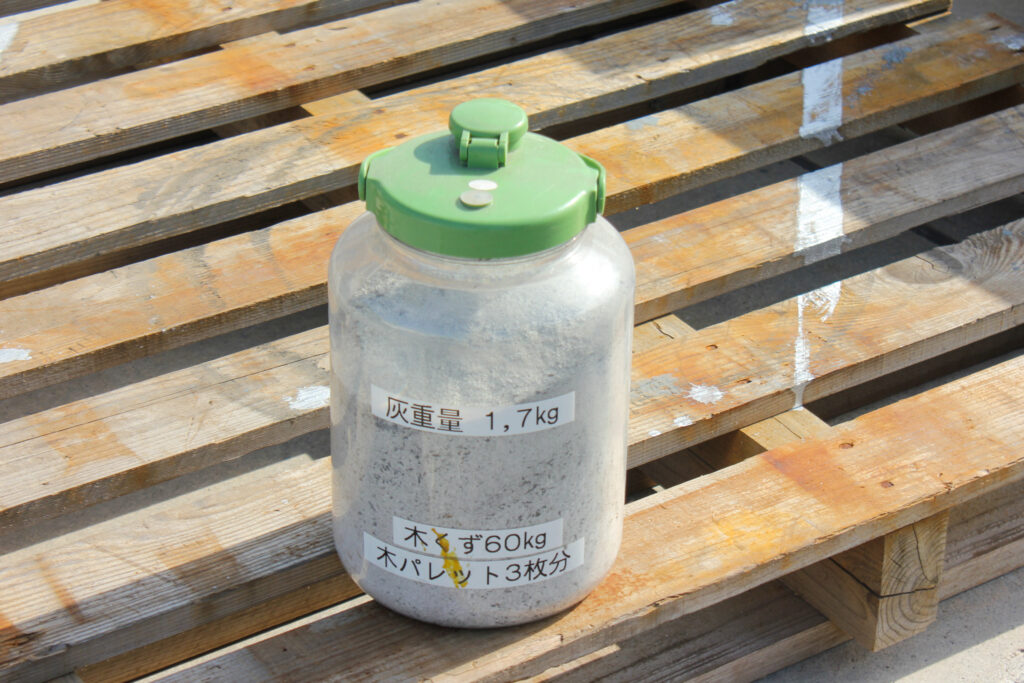
The background of development and life-saving inspiration
Now that we understand Chirimeser’s remarkable innovation let’s delve into its background.
Fukutomi was born on the beautiful Amami-Oshima Island in Kagoshima Prefecture. After graduating from the Faculty of Engineering at Ryukyu University, he joined a plant manufacturer in Okinawa as a technical engineer, designing power generation and mechatronics systems. At that time, mass production and mass disposal were considered the norm. He felt helpless seeing the environmental destruction behind a capitalist society.
“I realized that my work to make an efficient society harms the environment. If things continue, it’ll only create burdens for future generations. Thus, I wanted to contribute in some way that people would later thank me for and to improve the environment,” says Fukutomi. He left his job in 2003 and founded the Thomas Technical Research Institute to launch a waste management business in which he was an expert.
Fukutomi was aware of the seriousness of the waste problem on remote islands. However, founding a company to manufacture an environmentally friendly, smoke-free small-scale incinerator that anyone could operate took work. He received investment from an acquaintance who was a company president and began manufacturing within a limited timeframe.
“Based on my background as an engineer, I was confident that I could develop a smoke-less incinerator. However, the challenge was also to burn tires cleanly, which produced the most black smoke. With pressure from the investors, we reached a point where if we didn’t complete the machine by tomorrow, we would have to close down the company,” Fukutomi recalls, describing the tense situation at the time.
“One night, as I was on the verge of giving up, I was soaking in the bathtub, deeply contemplating a practice known as ‘munukange’ in Okinawan. As I started to feel dizzy from the long bath thinking about eliminating the smoke, suddenly, a brilliant idea struck me.”
While he cannot disclose the details due to company confidentiality, the breakthrough from his bathtub contemplation became vital to developing the revolutionary smokeless incinerator. The investors recognized his solution and began garnering attention, and the incinerator won numerous local and national awards.
Many companies, remote island communities, and local governments rely on the Chirimeser, and there is strong demand for the product.
The unstoppable leap of the “Chirimeser” and support from around the world
The company has received inquiries from overseas companies and facilities struggling with waste management issues. One particularly memorable instance for Fukutomi was the customized Chirimeser to aid the Bali residents suffering from medical waste contamination.
“At that time, used syringes and other medical waste were disposed of directly into garbage heaps. I felt a strong urge to find a solution when I witnessed children scavenging through the trash for their livelihood and people suffering from infections caused by the waste,” he recalls.
After being selected for the JICA (Japan International Cooperation Agency) Small and Medium-sized Enterprise Overseas Business Development Support Program, he conducted thorough on-site investigations. He then installed a customized Chirimeser at the Wangaya Regional General Hospital in Bali. Thanks to the Chirimeser, the amount of waste incinerated daily increased by 2.5 times, and there was a notable reduction in infections and odors, which earned high praise.
The company’s greatest strength lies in the ability to customize Chirimeser units tailored to each region’s specific needs, considering factors such as local conditions, water minerality, and the type of incinerated waste.
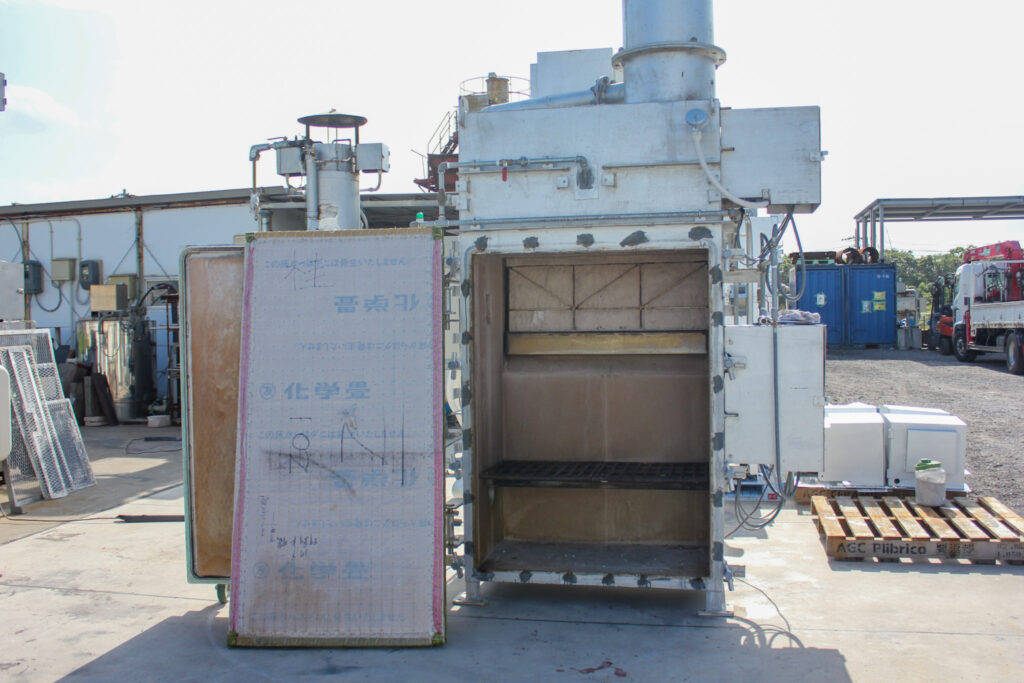
“When someone genuinely thanks me for my creations, I feel like this job is my calling. We’ll continue developing Chirimeser to solve waste problems and create a society that future children can be proud of. While the Chirimeser’s installed location will differ each time, our mission remains the same.”
What he wishes to pass on to future startups
“Without excellence, one cannot bring joy to others through their work,” says Fukutomi. Lastly, we asked for his message for future entrepreneurs starting in Okinawa.
“’Starting a business merely to satisfy one’s desires is meaningless, and such ventures rarely last. I hope people engage in their work with love for others. That’s where your true calling lies. Money will follow afterward.”
To sustain a business that serves people and is environmentally friendly, Thomas Technical Research Institute strives daily to provide the highest quality technology. It is poised to become a startup that Okinawa can be proud of.
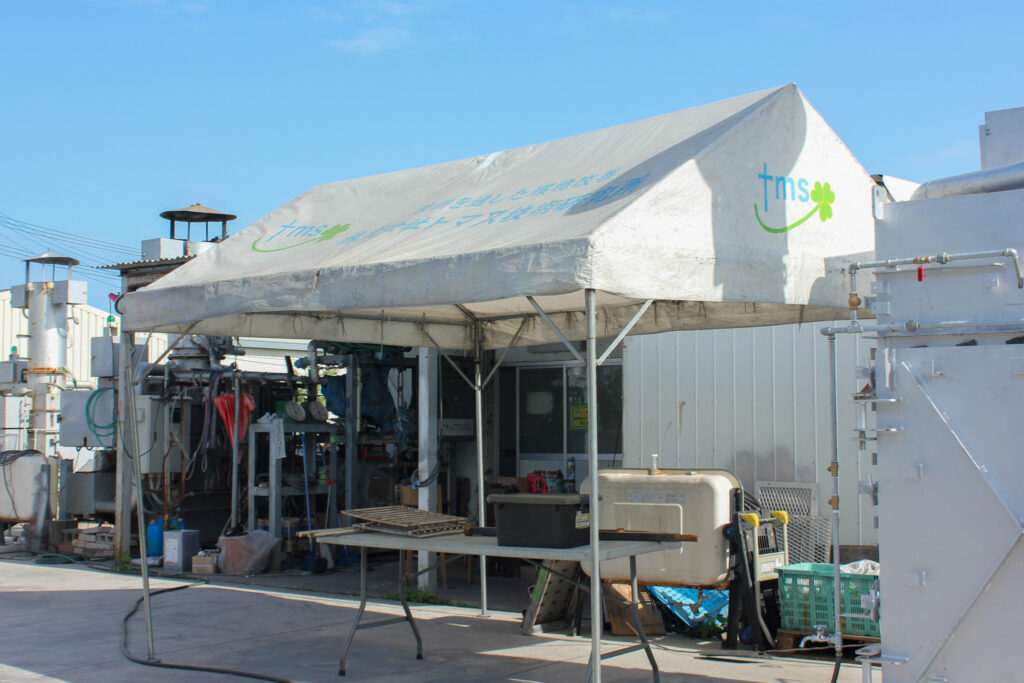
Interview and JapaneseText by Kanako Inafuku

